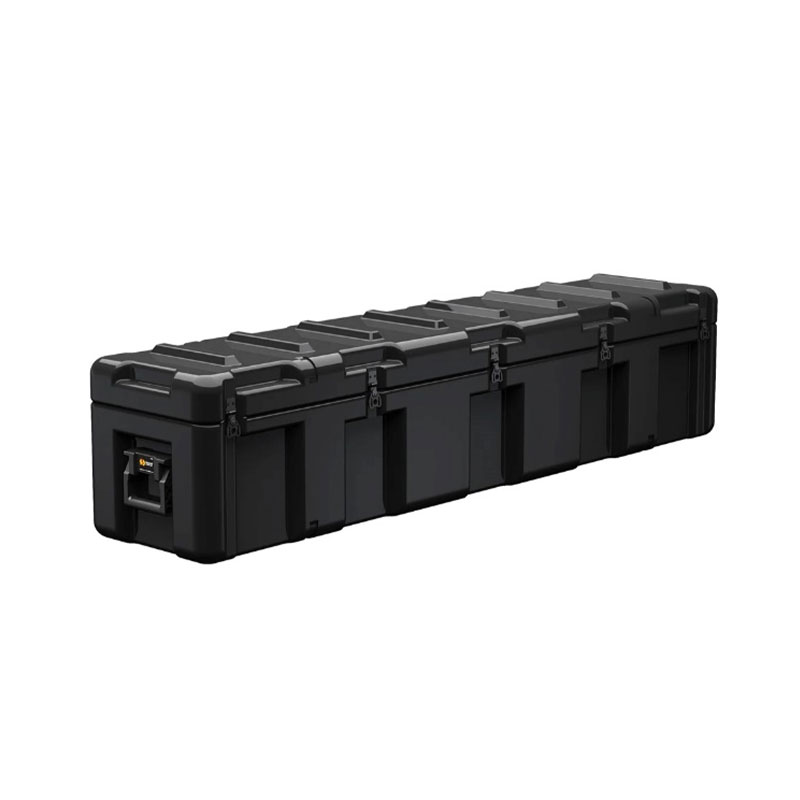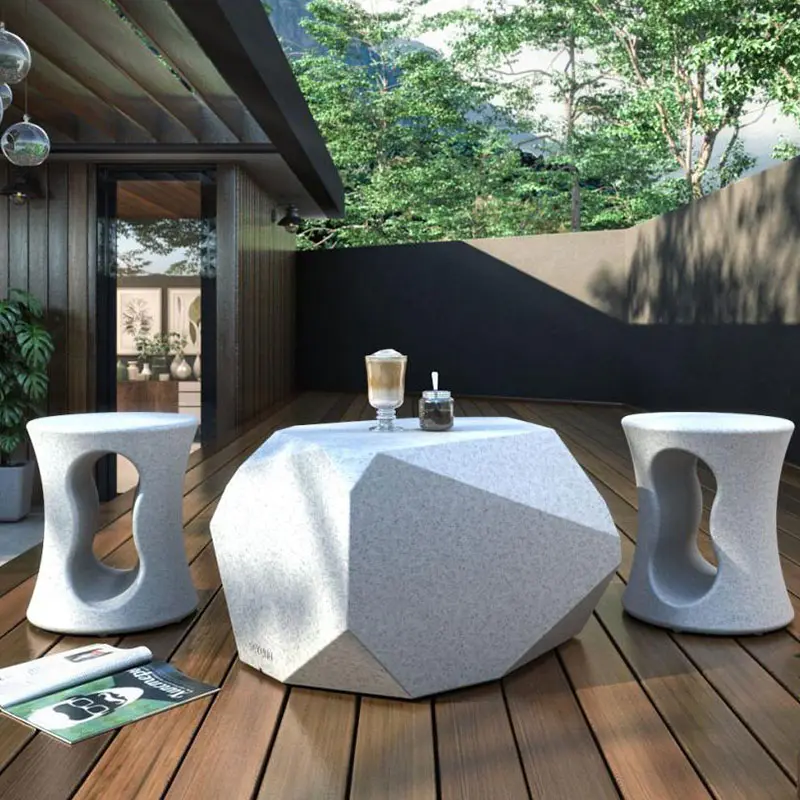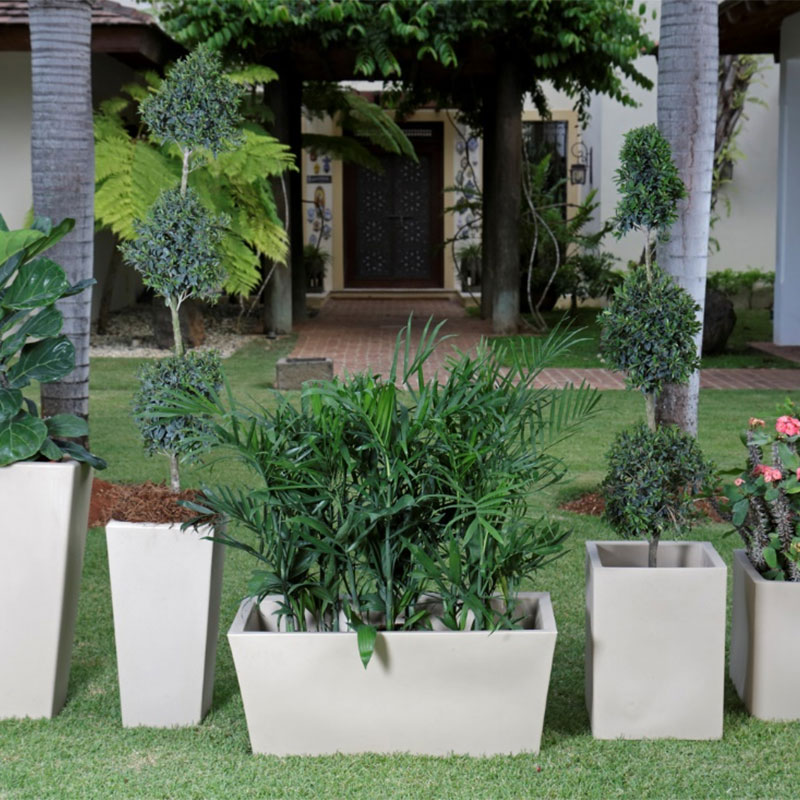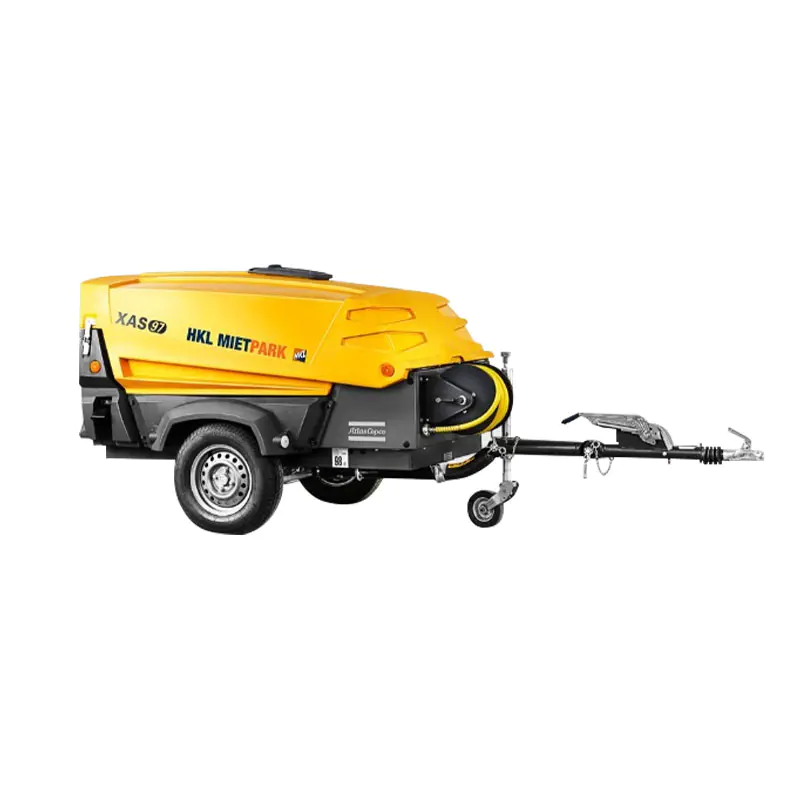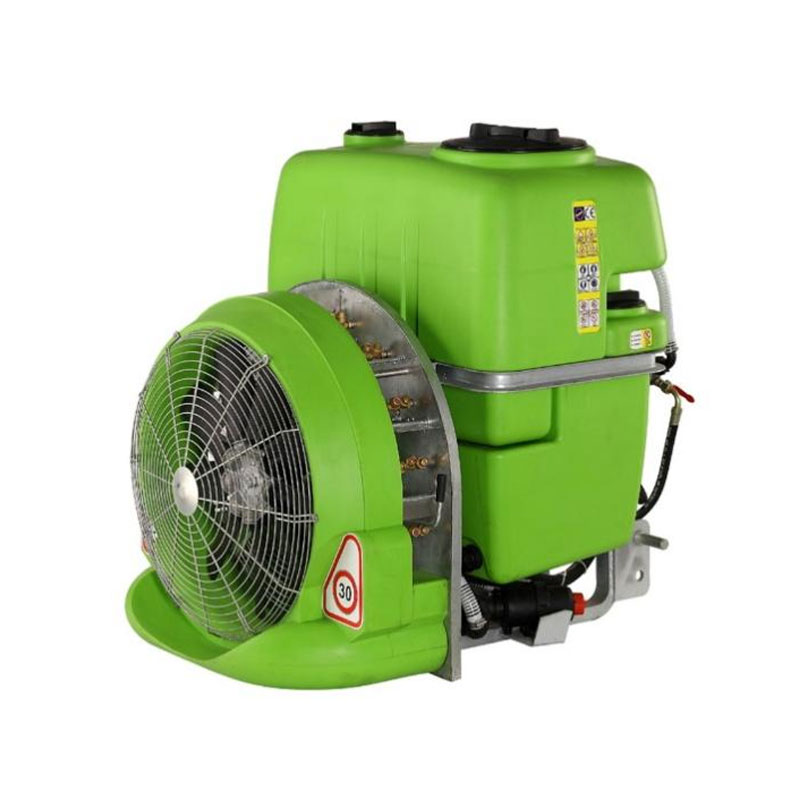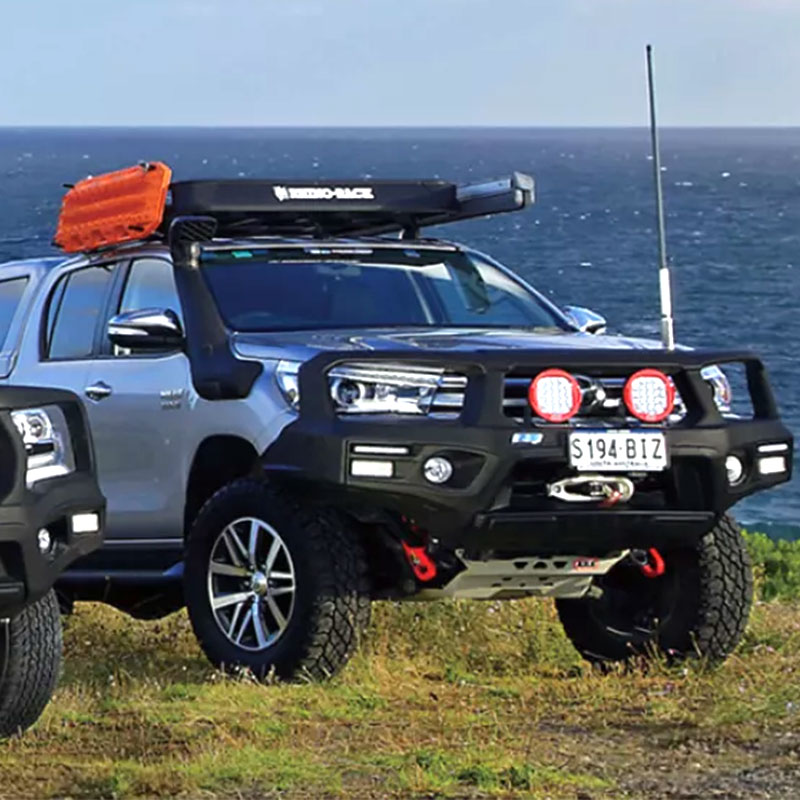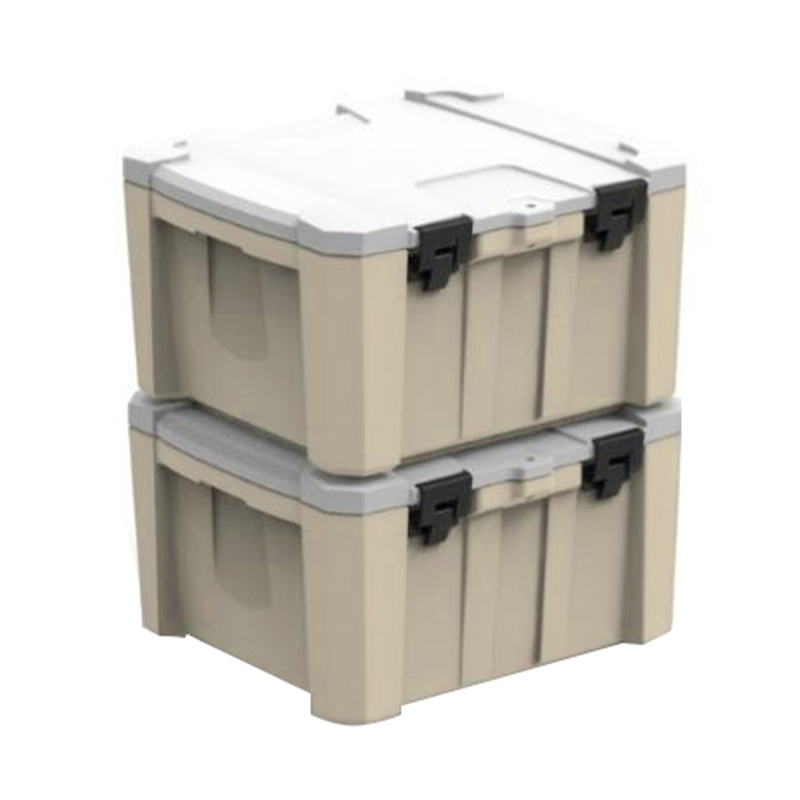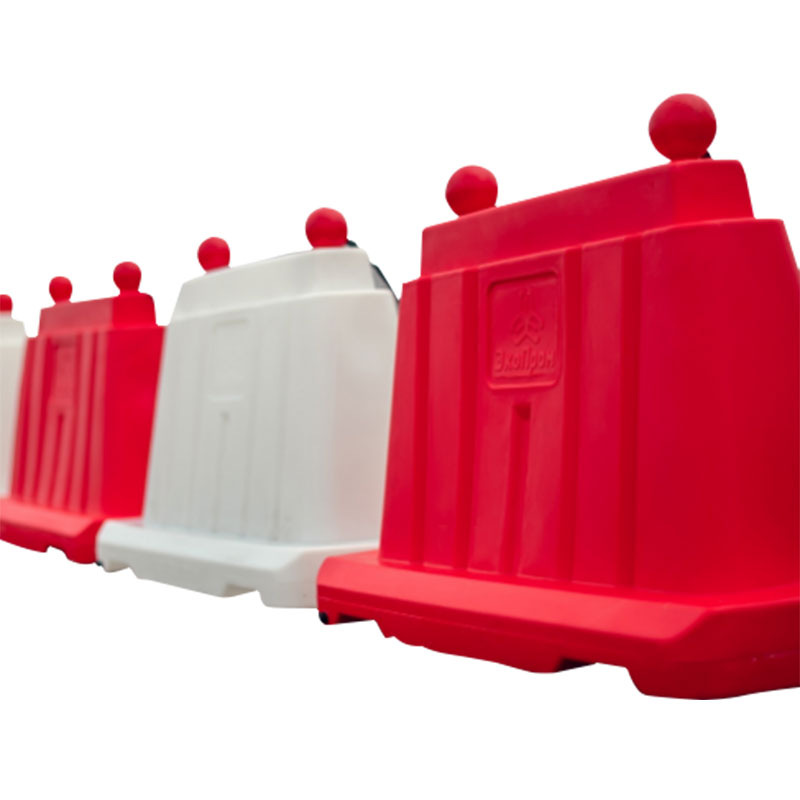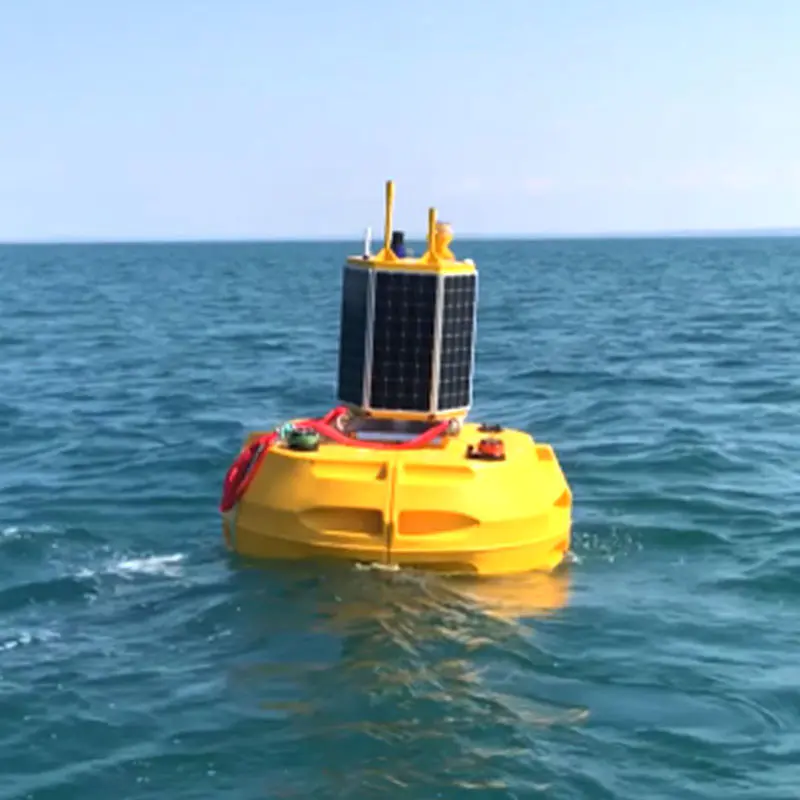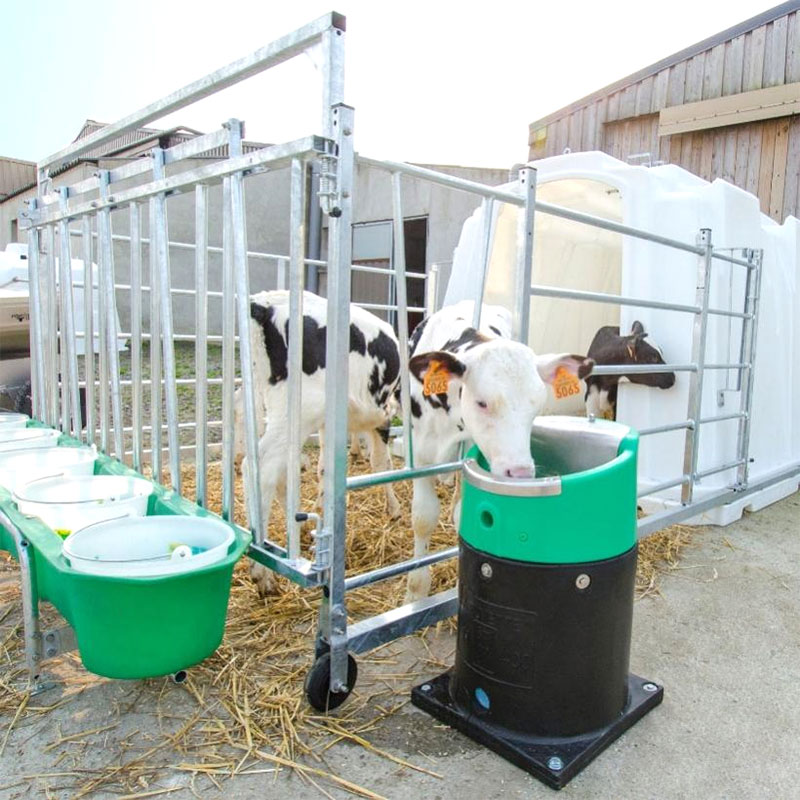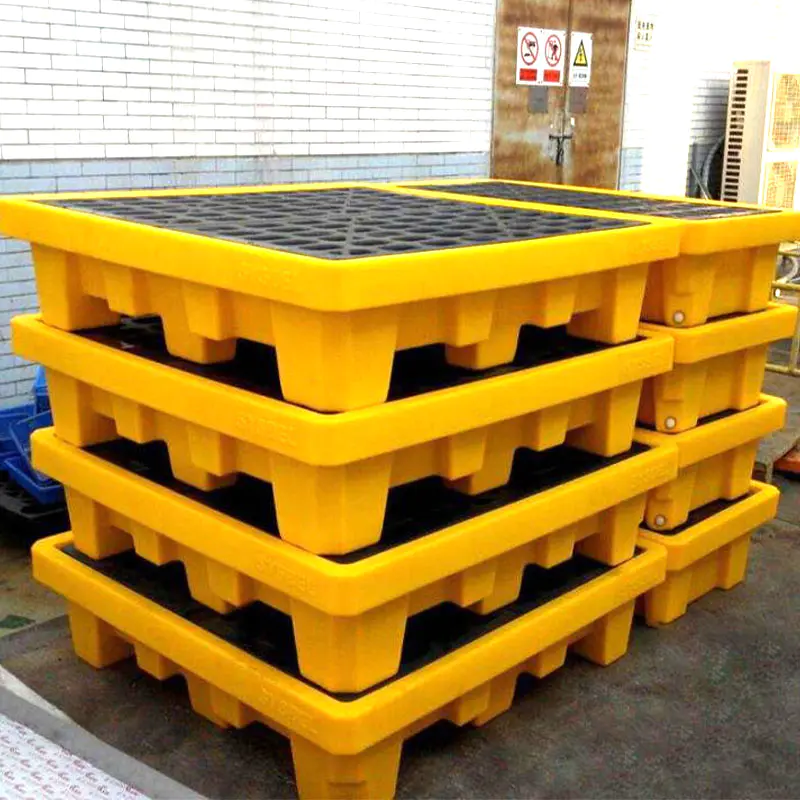In the field of research and development and manufacturing of roto-molding molds for navigation buoys, the choice of materials has always been the core factor affecting the value of the product throughout its life cycle. Unlike ordinary industrial products, roto-molding molds for navigation buoys need to achieve a dynamic balance between cost and performance while meeting the requirements of adaptability to the marine environment and molding accuracy. This feature makes material decision-making a key proposition throughout the entire chain of design, production, and use.
From the basic logic of mold manufacturing, material cost directly constitutes the economic attribute of the mold. Aluminum alloy has become the most common mold substrate in the industry with its moderate purchase price and low processing threshold. Its advantages are not only reflected in the economy of the material itself, but also in the fact that its low density significantly reduces the labor and logistics costs of the mold during transportation and installation. This lightweight feature is particularly important for small mold manufacturers, which can effectively avoid the equipment investment and operation risks brought by heavy molds. At the same time, the good thermal conductivity of aluminum alloy ensures uniform heat transfer during the roto-molding process, reduces the problem of uneven wall thickness of the buoy caused by local temperature differences, thereby reducing the scrap rate and indirectly saving production costs. This comprehensive cost advantage makes it the mainstream choice for conventional marine buoy mold manufacturing.
Compared with aluminum alloy, steel exhibits completely different cost-performance characteristics in the field of mold manufacturing. Although the initial purchase cost of steel molds is significantly higher than that of aluminum alloy, its high strength and excellent wear resistance give it an extremely long service life. In large-scale continuous production scenarios, steel molds can withstand tens of thousands of opening and closing cycles while maintaining structural integrity, greatly reducing the frequency of mold replacement. The cost advantage brought by this durability gradually emerges in long-term production: when the production scale reaches a certain threshold, the cost of steel molds allocated to a single buoy will be lower than that of aluminum alloy molds. Especially for marine buoy molds with complex shapes and large sizes, the high rigidity of steel can resist the risk of deformation under high temperature and high pressure, ensure that the mold always maintains high precision during long-term use, avoid buoy size deviation caused by mold loss, and thus reduce quality costs in the production process.
The application of copper alloy materials in the field of marine buoy rotational molding molds presents a distinct technology-oriented feature. Its excellent processing performance can achieve micron-level surface accuracy, which can meet the stringent requirements of high-end marine monitoring buoys for molding details. However, this high precision comes at a high cost. The scarcity of copper alloys determines that the price of copper alloys is high. In addition, the complex processing technology has high requirements for equipment and technology, which leads to the manufacturing cost of copper alloy molds being several times that of aluminum alloy molds. Therefore, the application of copper alloy molds is often limited to small-batch, high-precision customized production scenarios, and its value is more reflected in meeting special functional requirements rather than economies of scale.
The complexity of material selection is also reflected in the adaptability to production modes. In small-batch production scenarios, the turnover efficiency of molds becomes the key to cost control. Aluminum alloy molds can complete the entire process from design to production in a short period of time with their rapid response capabilities and low sunk costs, which is particularly suitable for emergency production or experimental product development. In large-scale industrial production, the long-term advantages of steel molds are fully released, and scale benefits are achieved by reducing the mold sharing cost and maintenance cost per unit product. This matching logic of production scale and material properties is essentially to control the mold cost within a reasonable range through the optimization of resource allocation.
The diversity of the marine environment further increases the decision-making dimension of material selection. In special sea areas with high salt fog and strong corrosion, the weather resistance of the mold material directly affects the quality stability of the buoy product. At this time, even if aluminum alloy or steel has cost advantages under normal conditions, it is still necessary to improve the protection performance through surface treatment technology, and this process will increase the production cost. In extreme cases, special alloy steel or materials with special anti-corrosion treatment may become the only choice. Although the cost is significantly increased, from the perspective of the reliability of the buoy throughout its life cycle, it may achieve overall cost optimization.

 English
English 中文简体
中文简体 русский
русский Español
Español